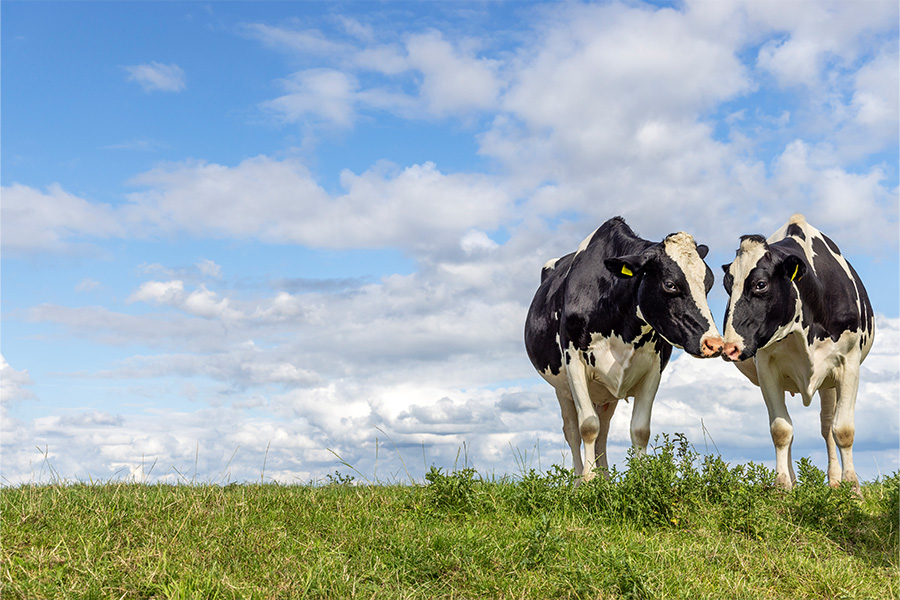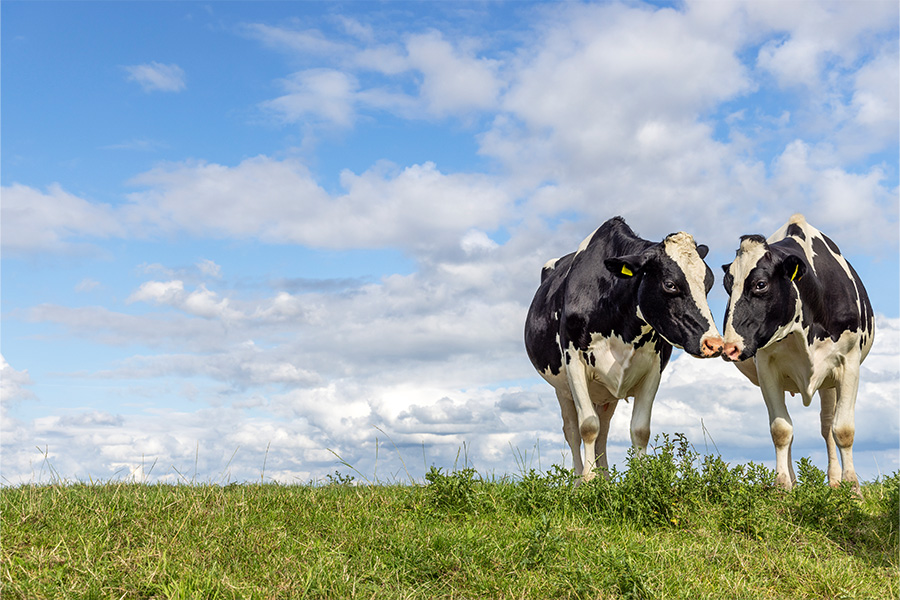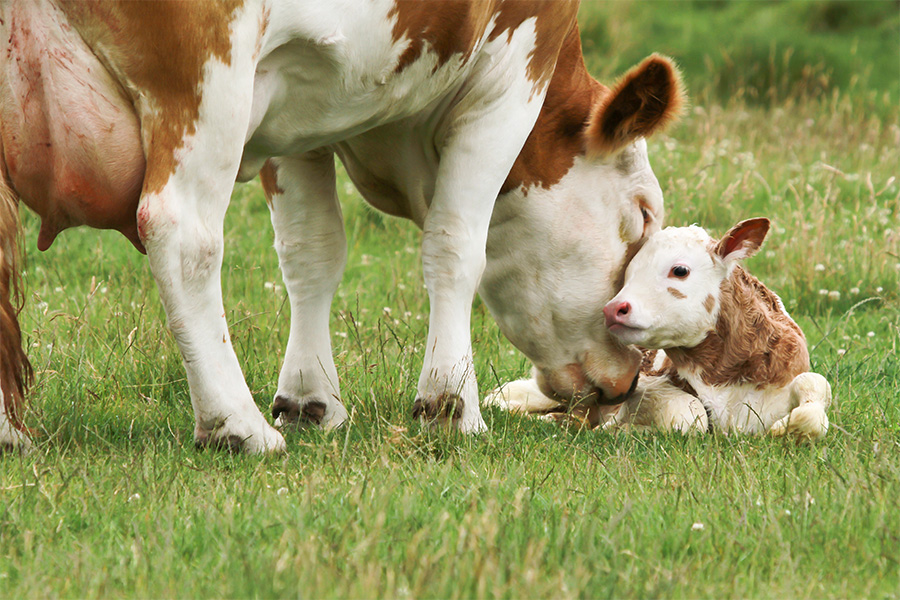Dairy
-

When the time comes to examine a herd’s dairy reproductive management program, producers often want to discuss low conception rates. In most cases, however, inadequate heat detection is the much greater reproductive problem. Heat detection is the first step to getting an animal bred. According to DHIA records, producers in Georgia are only seeing a third of their heats. Missed heats are one of several factors that contribute to long calving intervals. By increasing the number of heats observed, it is possible to shorten the interval between calves.
William Graves
|
-

La detección de celo es el primer paso para hacer que un animal se preñe. De acuerdo con los registros de la Asociación Nacional para la Información de Hatos Lecheros (DHIA por sus siglas en inglés) los productores en Georgia solo ven un tercio de los celos. Los celos perdidos son uno de varios factores que contribuyen a intervalos largos entre partos. Al aumentar el número de celos observados es posible disminuir el tiempo entre partos.
[When the time comes to examine a herd’s dairy reproductive management program, producers often want to discuss low conception rates. In most cases, however, inadequate heat detection is the much greater reproductive problem. Heat detection is the first step to getting an animal bred. According to DHIA records, producers in Georgia are only seeing a third of their heats. Missed heats are one of several factors that contribute to long calving intervals. By increasing the number of heats observed, it is possible to shorten the interval between calves.]
Jonael Bosques Mendez and William Graves
|
-

Problem identification is the first step in establishing objectives and goals to improve reproductive management in a dairy herd. Management is determining what must be done and achieving results through the efforts of yourself and your employees. Use the following worksheet to evaluate herd reproductive performance and set goals to improve your breeding strategies. Then develop a tactical plan to achieve these goals using the second worksheet. List those involved on your management team and their responsibilities.
William Graves
|
-

This publication describes dairy herd synchronization programs will help improve your reproductive management efficiency. Try the one that fits your management system the best. Both estrus and ovulation synchronization programs will help get more animals bred more efficiently. Feeding open animals extra days can be costly to producers. Identify open animals and pick the best breeding alternative for your operation.
William Graves
|
-

B 1211-SP
Resolviendo Problemas Después del Parto
La identificación y el diagnóstico temprano de problemas reproductivos relacionados a nuestro programa de salud del hato es una parte esencial de un manejo eficiente de nuestra producción lechera. Muchos factores durante el periodo horro (seco), el parto y la lactancia temprana pueden disminuir la eficiencia reproductiva. Estos incluyen la mastitis, quistes ováricos, falta de condición física (body condition), placentas retenidas y anestro. También, ciertos desordenes pueden ocurrir simultáneamente. Por ejemplo, una vaca con fiebre de leche frecuentemente padece de una placenta retenida. Estos problemas post-parto alargan los intervalos entre partos y afectan la eficiencia reproductiva.
Jonael Bosques Mendez and William Graves
|
-

This guide is designed to help you improve your reasons for your placings in dairy cattle evaluations. Slowly incorporate new terms into your oral reasons and your ability to describe what you see will continue to improve. Concentrate on what you see instead of what you don’t see. You only have 2 ½ minutes to justify your placings. Use I.D. points, and Practice! Practice! Practice!
William Graves
|
-

Using incorrect A.I. techniques can lower the overall success rate of the A.I. breeding program. Most producers learned correct semen handling techniques and insemination procedures at one time; unfortunately, many have developed bad habits that have lowered their success rates. This publication reviews proper procedures that should help eliminate some of those common mistakes.
William Graves
|
-

Drought does not develop overnight but progressively over time. Proper management during a drought period can make or break a producer’s ability to stay in the cattle business. One main concern during a drought period is feeding and nutrition of the cow herd. Several problems could arise due to drought conditions. A good producer should stay alert for warning signs and avoid potentially damaging situations.
Carole Knight
|
-

Adjust rations for the dry matter (DM) content of each feed, especially when wet feeds, such as silage, are fed. Small changes in the DM content will change the nutrient profile of the ration. The potential results of not monitoring the DM content of wet feeds and adjusting rations accordingly are a combination of problems including decreased animal performance and feed efficiency and increased health problems and feed cost.
John K. Bernard
|